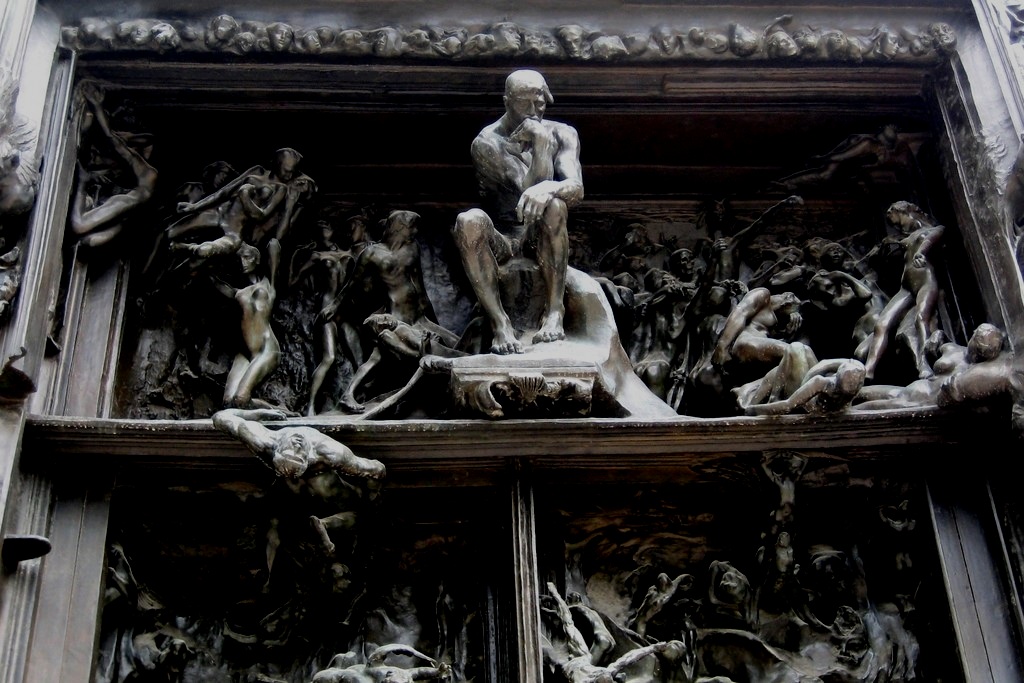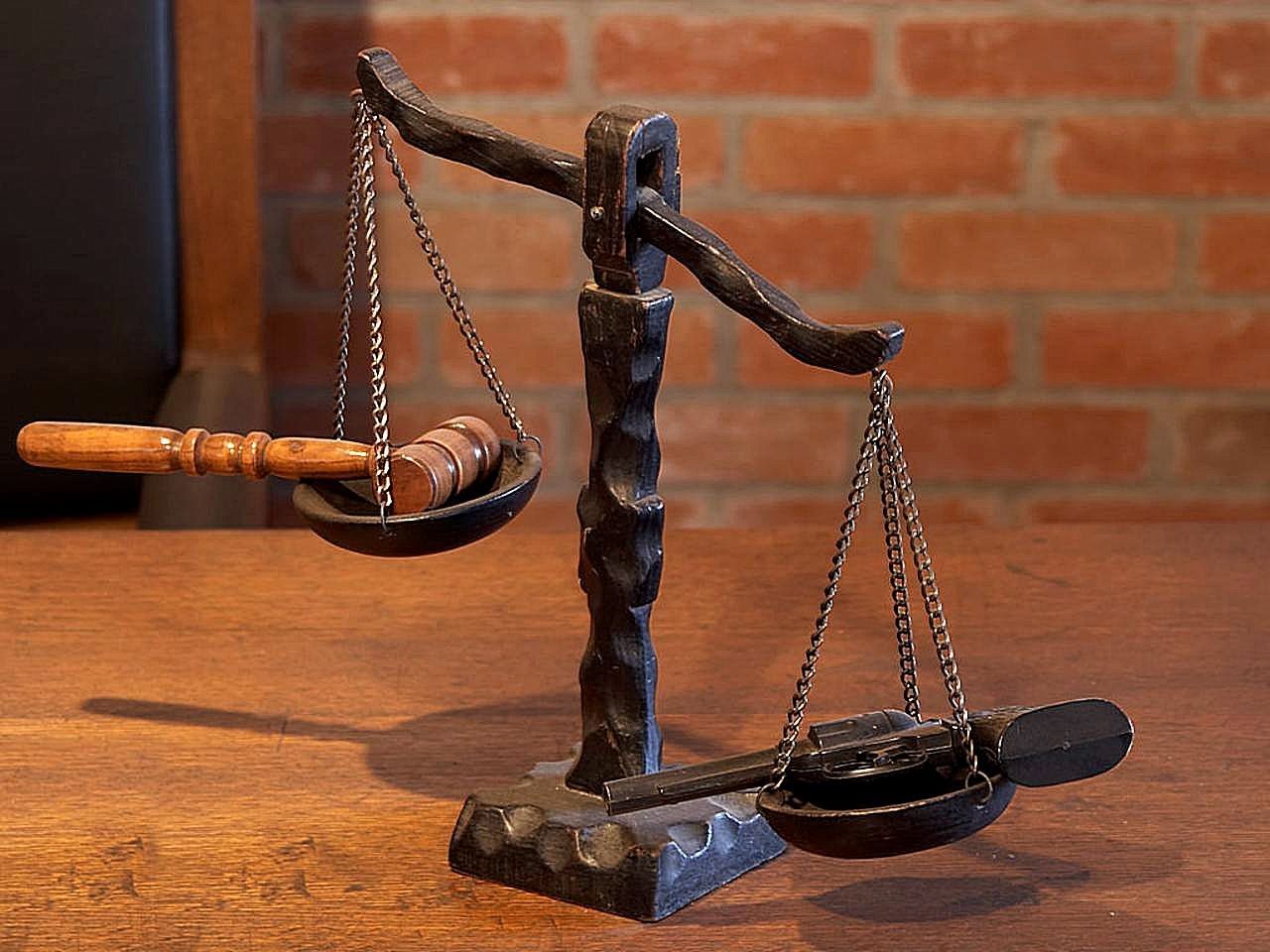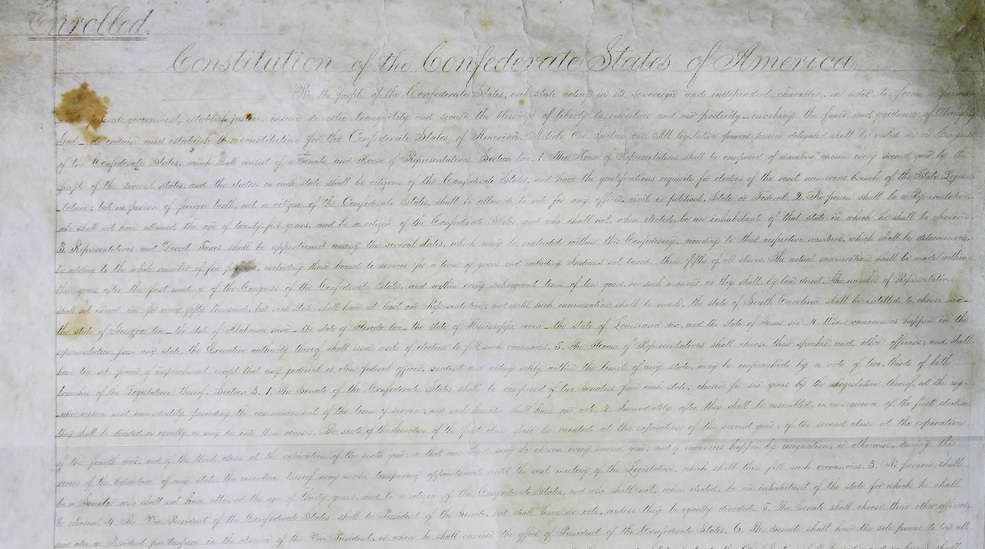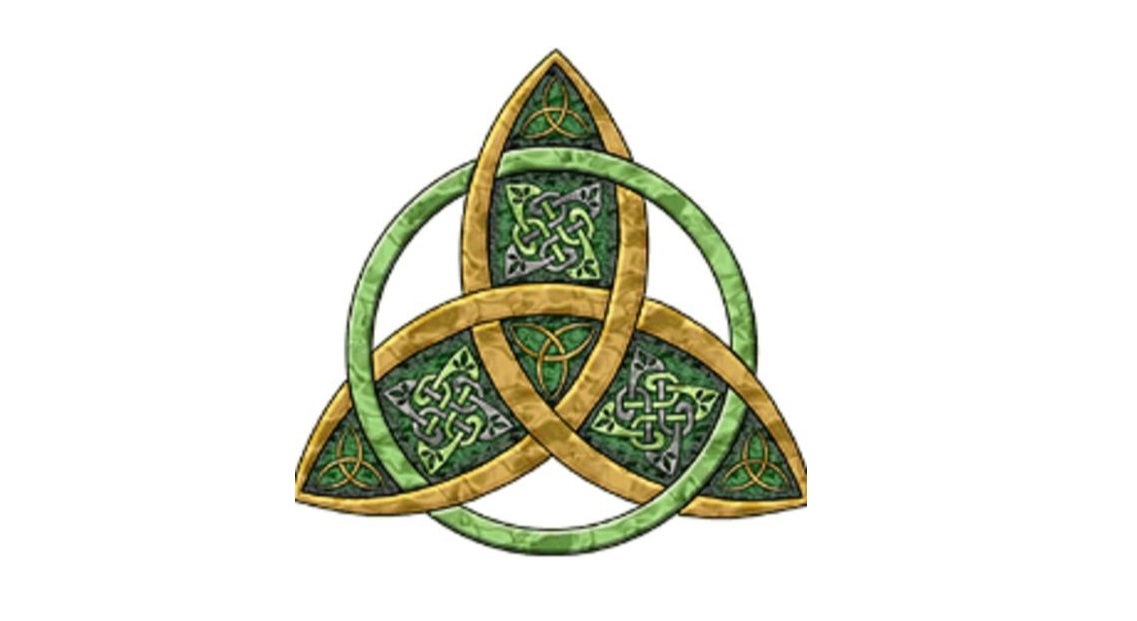Evil
Jesus Heals the Evil in Human Nature
Photo credit: Unknown | CC0, Max Pixel.
Introduction
The “problem of evil” is sometimes thought to be a dilemma for Christians. How can God be fundamentally and thoroughly good when there is evil? However, the category “evil” requires the category “good,” which requires a morally consistent God who anchors those categories and is the source of whatever goodness we have and experience. So when we see people do evil things, we do not need merely a theoretical explanation, but a concrete remedy for the corruption of sin within human nature. The real question, then, is whether there is a God good and loving enough to heal human beings of our evil, and undo the damage we cause to ourselves and others. That is where Jesus comes in.
The following clips are from our 2019 Conference: Healing Atonement. The first highlights the importance of stories where good triumphs over evil, and what they reveal about us. The second highlights what Jesus has done with human nature to retell and heal our stories.
The resources below introduce the “problem of evil” by comparing other belief systems and stories to the Christian view — that evil is first a disorder in human nature, then actions done by human beings. This illustrates the struggle and need to discern good and evil as moral categories, and the need for a loving God to heal human nature in a loving way. We maintain this page as a resource for conversation, reflection, evangelism, and preaching. Check out our ministry tools below.
Conversation Stations
These are the images used in artistic physical displays. They are survey questions and conversation starters that are topically and thematically organized. They demonstrate how Jesus is relevant to each topic or theme. You can also just view the images on your device. If you would like, see all our Conversation Stations; below are the ones that relate to the topic of Evil
Whose Justice? (and instructions and Christian Restorative Justice Study Guide)
Whose Justice? for Harvard Law School
What Can We Do About Evil? (and instructions and conversation tree) and smaller version and brochure version
Is a Good Friend Hard to Find? (and instructions and conversation tree)
Que Podemos Hacer Sobre La Maldad? for the Asociacion Dominicana de Estudiantes Evangelico, 2014
What Story Do You Live In? (and associated message)
Does the Good Outweigh the Bad? (and instructions)
Race What's the Problem? (and instructions) and brochure version
Find Your Heart's Desire? (and instructions and theological essay)
How Much of an Atheist Are You? (and instructions)
How Much Truth is in Harry Potter?
Messages and Resources on Human Evil in Different Belief Systems
Slides to a presentation. We like happy ending stories because we long for an actual happy ending for the world. This workshop groups all belief systems into not happy ending vs. happy ending stories; and then internal vs. external villains. To the right is a short video clip from our 2019 Conference: Healing Atonement about how we live in stories, know how to analyze stories, and ought to consider the Christian story.
Text of a message which delves into the biblical story as the original happy ending story, and other happy ending stories as parodies that change the plot arc, villain, and hero. The message is accompanied by this chart. Another message like this is The Happy Ending — Will It Happen to Me? To Us? This message focuses on our experience of happy ending vs. non happy ending stories, and not on other religious traditions per se.
How Does the Christian Faith Compare with Other Belief Systems? 6 Simple Questions
Reflection paper on six important questions to ask of every belief system. (1) Is there a victory over evil in this story? A happy ending? (2) Where is the evil located? How can it be solved? (3) Is this just ‘hero worship’ where we have to live up to an ideal on our own strength? (4) Is the scope of the story universal or parochial/nationalistic? (5) Is this faith internally consistent? (6) Is the claim externally validated? Can you evaluate this faith before stepping into it?
Human Dignity: Does Every Individual Matter?
Science, philosophy, existentialism, other religions, and double-predestination based theologies mean that some human beings do not matter. Only a fully Trinitarian theology with a medical substitutionary atonement can provide an adequate foundation.
Why Question Atheism from a Political, Historical, and Moral Perspective?
Slides to a presentation surveying the origins of modern Atheism, as connected to nation-building and Enlightenment political philosophies: racist liberal democracy and Marxist collectivism.
Desires, Beliefs, and How We Know Truth
This is a presentation on how desires are a consideration, but not the first, in how we know truth.
Evil and the Christian God and Theology of Atonement
This paper explores how the character of God drives the type of story one lives in, and the type of atonement required to be consistent. Although penal substitutionary atonement makes God complicit with human evil, medical substitutionary atonement understands God as giving God’s whole self to undo human evil in human nature in a loving way: with our partnership. This means God is wholly good and loving, without being actively or passively evil. This means that the Christian story is truly a happy ending story, where good triumphs over evil without becoming evil itself.
This is a shorter version of the paper above.
What Are You Waiting For? Jewish and Christian Views of the Messiah
Slides of a presentation. This presentation explores the historical hopes of Israel in Second Temple Judaism, under the Roman Empire. It also examines Jewish military messianic movements from 163 BCE - 135 CE, which were very frequent, since many Jews had revolutionary aspirations. We consider how Jews had four main options of strong vs. weak identification with Judaism and strong vs. weak assimilation with Rome. We position Jesus and his followers as a “new temple” movement that extended the hopes of Israel into a messianic peace movement.
Stories and Spirituality: Jesus’ Resurrection and How the "God" Engages Human Evil
A one page chart comparing views of God and human evil. God could role model inner peace, or change human nature as one of us, or give us better laws. The chart compares how the deity in each category interacts with concepts of good and evil, whether the deity can touch humanity, how the deity helps us deal with human evil, and whether the deity will heal the world.
Stories and Social Consequences: Jesus’ Resurrection and Comparison with Islam and Mohammed
A one page chart. In the pattern of biblical heroes, God’s messenger is first rejected by the people – because of their resistance – and then vindicated by God and believed. But the details matter. This chart explores the pattern in both Christian and Muslim understandings. What resurrection is to Jesus, military victory is to Mohammed. Several questions must be discussed: How does this shape ethics? What other factors in these traditions steer us from violence? What really happened?
Stories and Social Consequences: Jesus’ Resurrection and Comparison with Atheism and Hinduism
A one page chart comparing stories. Classical Indian and Greek stories reflect a circular, reincarnation paradigm. Christianity tells a story of a good God who heals human evil by becoming one of us, then one with us. Atheism tells a story using the Second Law of Thermodynamics where the universe will eventually become cold and dead.
Evil: Topics:
Christian teaching explains the Evil Within Us as the source of the Evil Between Us, Evil in Human Laws, and Evil in Institutions. So if you are on a spiritual search, consider browsing through our materials in that sequence.
God’s Goodness: Topics:
Here’s how to navigate this section on God’s Goodness. The Introduction focuses on the biblical presentation of Father, Son, and Holy Spirit; and the implications. Human Becoming spotlights creation and humanity, especially how God made humans as human beings and human becomings. Israel tackles big questions about why God needed an Israel, why God took human life to protect Israel’s vocation. Jesus explains God revealing Himself fully in Jesus, and addresses Protestant notions of limited atonement and double predestination as incompatible with God’s Triune character of love. Holy Spirit explores the divine person of the Spirit and the gifts of the Spirit. Human Destiny explains how desire and development are part of the outworking of human becoming, destiny, and God’s goodness. Divine Fire explains why the portrayal of divine fire in Scripture is always God’s call to participate in refinement and purification. Human Evil explains why God is good by solving the problem of human evil in a loving way. Human Suffering explains why God is good because He suffers with us since the fall, and heals the deepest suffering behind the suffering.















